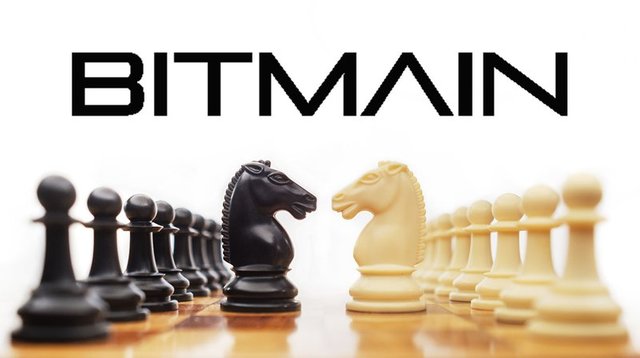BEGINNING AND BIRTH OF ALTCOINS: HARDFORK

What is a hardfork? Surely you´ve probably heard about it in many articles or posts related with Crypto-world. Well, there is nothing to do with cutlery whatsoever that´s for sure, but rather with software.
To put ourselves in context, let us remember that both Bitcoin and the other cryptocurrencies are, in fact, software. And like all software is prone to change for its own improvement; although, in its case, this propensity is much more important given that it is open source software. This means that, literally, anyone can access their source code and use it freely. Yhat was determined from the beginning of its creator, Satoshi Nakamoto, and that way is that Bitcoin - and the other currencies - have managed to create until becoming what son today.
Well, the point is that in open source softwares is quite common forks or bifurcations. This is just to take a copy of the original code and start developing your own implementations or projects from there. All would have the same beginning, the same basis, but a light or completely different future. That is why it is called bifurcation: from a single piece of software can come many more, with different functions and features.
In this way all altcoins have been created - taking their Bitcoin base code, so, in essence, the forks are not something negative, but allow to expand and improve the ecosystem. In fact, for Juho Lindman and Linus Nyman of the Hanken School of Economics in Helsinki, bifurcations are a fundamental right to achieve an open ecosystem like Bitcoin, from the beginning, meant to create.
However, when what you want is not to create a new piece of software from the first (a new cryptocurrency, for example), but to find the best way to update the original platform to introduce changes that help keep growing is where the controversy arises and the types of forks appear.
HARDFORK

It is about changing the protocol to make the blocks or previous transactions that were invalid to valid. This includes changes in the block structure and rules of difficulty in its resolution. Requires all network participants to be updated, as the version of the version will no longer be compatible with the new version.
Thus, whoever remains in the outdated version will notice that all transactions become invalid and there are no inclusions in the blockchain. Unless the old version has enough support to separate completely from the new, creating a new blockchain - and a new coin - in which the rules are maintained and another development plan different from the new version is drawn.
For example, when the DAO incident happend, Ethereum debated with their community what could be done. A hardfork won by majority, but didn´t mean the old one disapeared.
The platform was divided into Ethereum and Ethereum Classic, which, despite retaining as the main offer smart contracts, they had a different development plan.
It has some risks aswell: This is a drastic change of the code, so it opens the possibility of some errors or hacking. On the other hand, there is the risk of an accidental bifurcation, where the chain is re-divided by an error in the update and only the new branch is considered valid, leaving in the limbo of transactions that are made in the previous version.
SOFTFORK
This type of bifurcation is less drastic. It consists of a change in the protocol where the previous blocks or transactions go from valid to invalid, but the old ones are still compatible. This means that a softfork allows for minor changes to those of a hardfork, this is thee reason why it only requires the support of the majority of the miners for the activation; upgrading to the new version is optional for users, although not for miners.
The softfork also poses some risks, including accidental bifurcation; although in this case the probability fur less, and many times is preferred over a hardfork.
SOFT FORK ACTIVATED BY THE USERS (UASF)

This is a third theoretical option, since it has not yet been applied in any block chain. This is basically a softfork, but this one leaves aside the requirement to achieve consensus on the part of the great majority of the miners, and that was implemented directly by the users who run the noble complexes of the red, such as bureaux de change and Digital portfolio services; hoping that the miners will be attracted by the new economic measures.
Thanks for the explanation. I was planning on getting around to learn what it was. It seems like some people may end up on the wrong side. Does the system have a way to fix that? And, include them in the new fork? I hope my question makes sense.
It makes sense. I cannot give you an answer to this question because I don´t know exactly how it works...for what I´ve read it seems like you are the responsible to get informed about it and don´t use the old version, so the people who make transactions in there lose their money. But I´m sure there is some way to recover it, maybe submitting a complain.